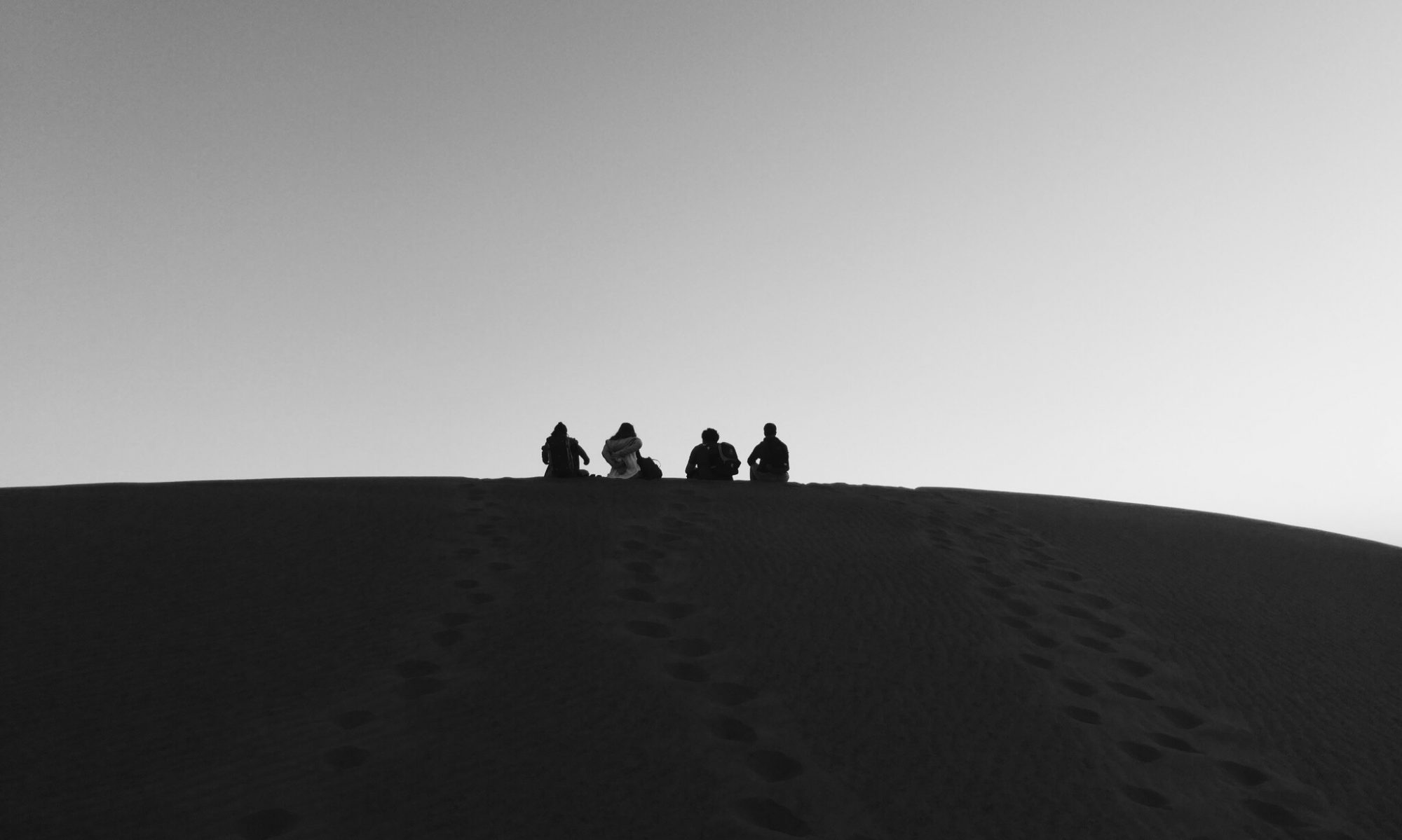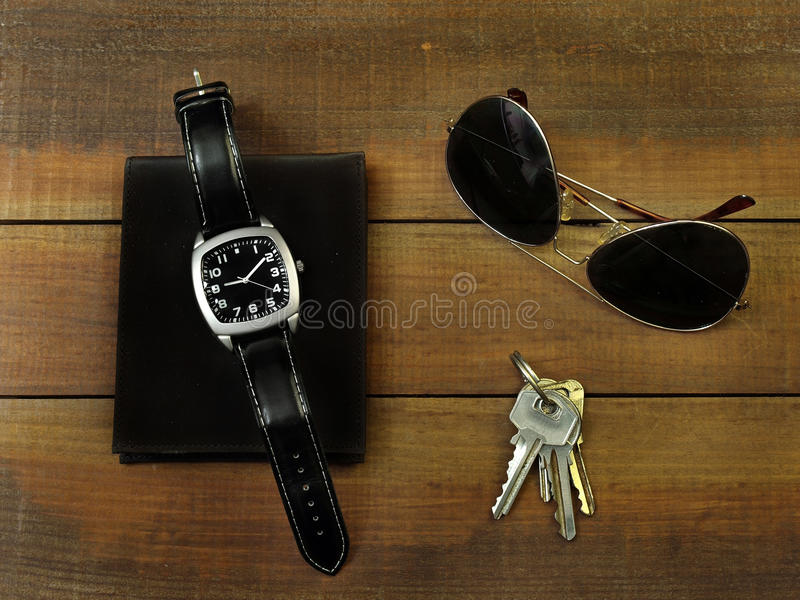It was interesting to read Chipchases perspective of technology and networking today. He explains the topics about the three items, phone, money and keys he found everyone across many cultures, genders, age and economic strata carried in his Mobile __ talk. It was interesting to read about his research on how different the ‘range of distribution’ is in different countries, for example how the lady from Shanghai never let her handbag stray from her touch compared to my observation of Singaporeans and their personal items in public. It was also difficult for me to understand the complex ‘strings of the networking yo-yo’ analogy. Chipchase also talks about how you can use more while owning less, this network is called ‘The Mesh’. Companys such as Zipcar shares cars to those who don’t need their own cars but occasionally need them and spaces such as the library allow you to borrow books without collecting them. In the future, we may be looking to carry fewer items and as designers, our goal is to “lighten consumers load and to help them be more efficient” (Chipchase, 123).
The anthropology of Mobile phones – Chipchase 2007
In his TED talk, Chipchase found that the three main items people carry with them are phone, wallet and keys. Not much has changed although, with the rapid innovation of smart phones, the wallet has combined with the phone with apps such as Apple pay, Samsung pay and internet banking. The purpose of carrying the phone is not just survival anymore but also as a form of entertainment. As the phone’s hold valuable information such as our social profile and important information, almost everyone’s identity is now mobile and vulnerable. With the recreation of phones with even more functions since 2007, Chipchase predicted the rapid adoption to be correct. Although unlike 2007, when phones are broken, they are no longer fixed but disposed of and a new phone is bought. His research on the point of reflection and centre of gravity is still seen today.
Calibrating your Cultural Compass
Jan Chipchase draws attention to how important it is for designers to understand not only the local mindset but how it is from a global perspective, she calls it the ‘rapid cultural calibration’. As an exchange student in Singapore, I agree that it is important to be part of the action to understand the city and its people. I have observed many of the ideas discussed in the chapter Calibrating your Cultural Compass. By watching the city start the day from the side or joining them you can find the many differences each neighbourhood, city or country has. I have seen other exchange students who are unaware of the social norms and etiquettes of Singapore breaching behaviours that are deemed acceptable from their home town. Everyday life there are new cultures and experiences that help define the country, such as the unique laws that can only be found in a certain culture e.g. No durian on public transport. I have also found that visiting Maccas gives a different aspect of the countries traditional/daily meals. It is important as a designer to have a clear understanding of the local culture to prevent offence through your work and to understand what the community’s needs are.





